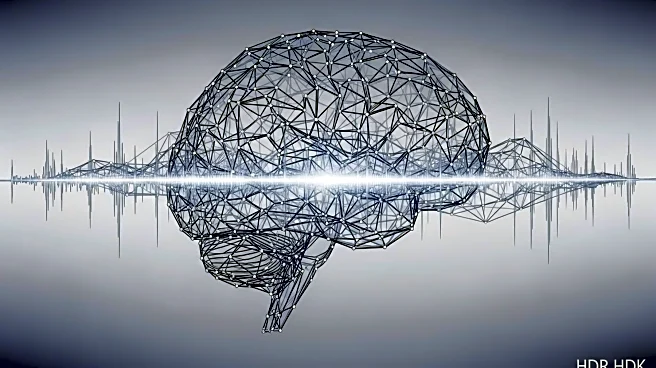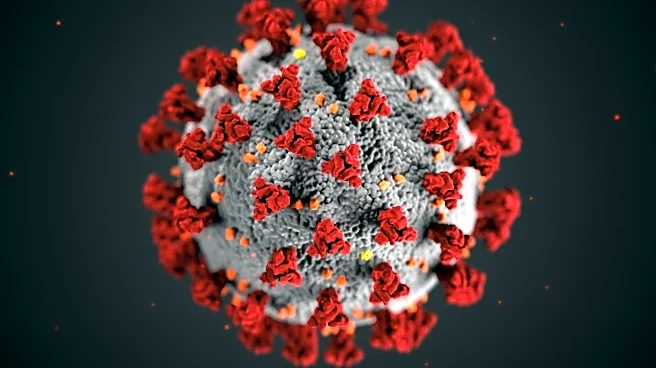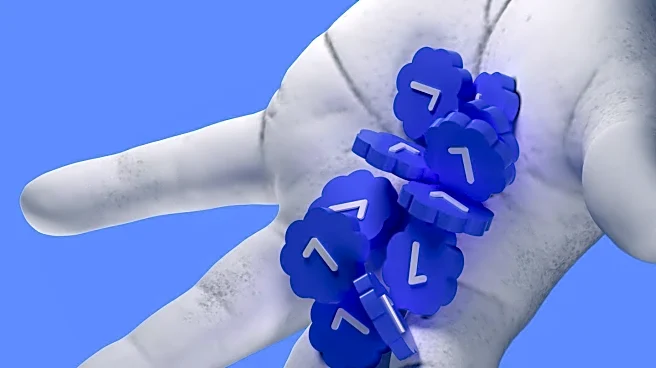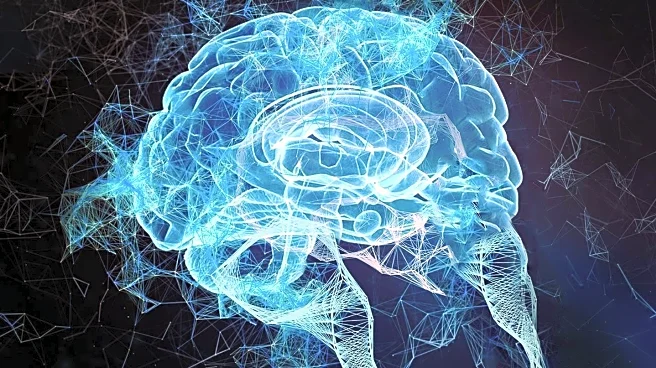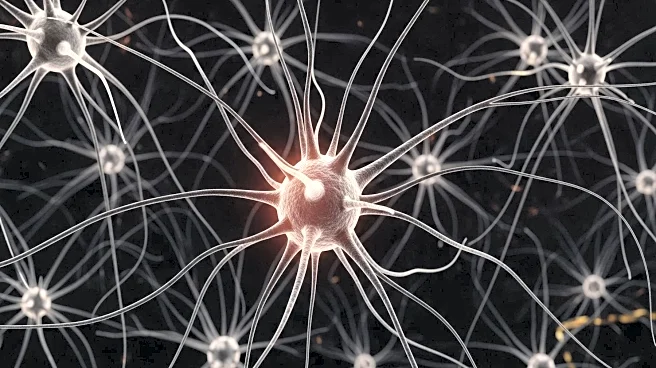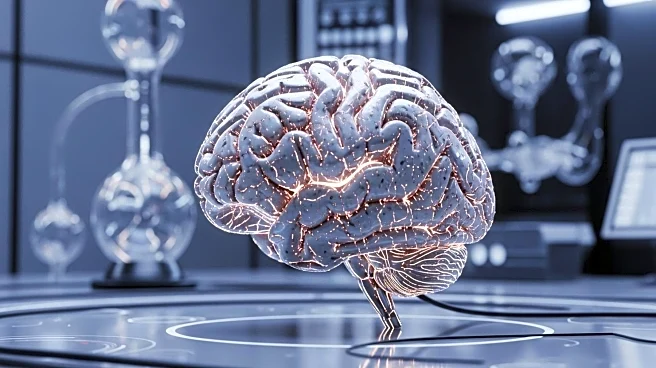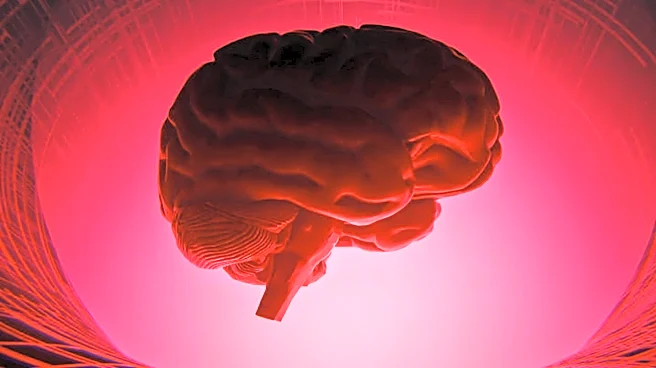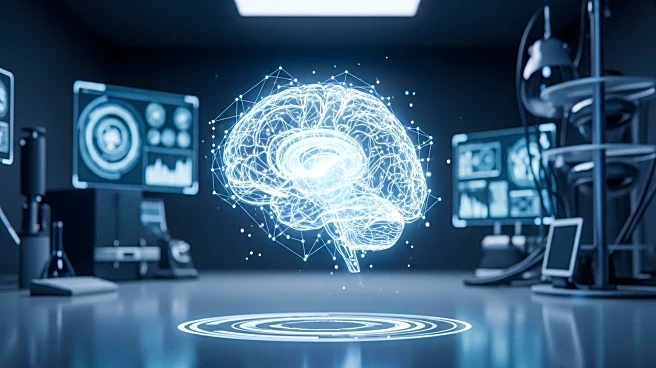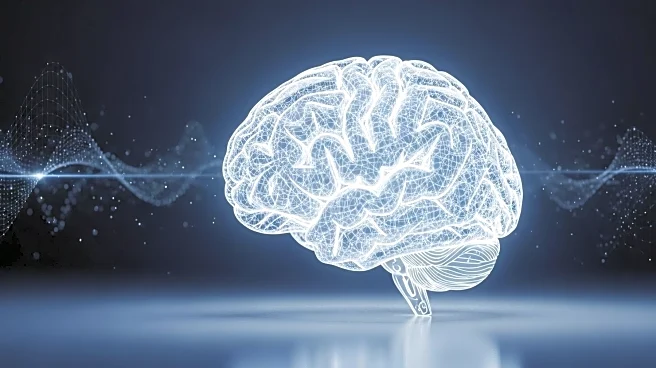What is the story about?
What's Happening?
A recent study published in Advanced Science reveals that simple auditory rhythms can significantly alter the brain's network configuration. Researchers introduced FREQ-NESS, a new analytical tool that maps brain networks across different frequencies. The study involved 29 participants whose brain activity was recorded using magnetoencephalography (MEG) while they listened to rhythmic tones. The findings indicate that rhythmic sounds engage the auditory cortex and reorganize the brain's broader network configuration, enhancing communication between slower and faster brain rhythms. This research aims to understand how the brain functions as a dynamic system processing information from the environment, addressing challenges in capturing simultaneous operations of different brain networks.
Why It's Important?
The study's findings have significant implications for cognitive neuroscience, offering insights into how auditory stimuli can influence brain dynamics. By demonstrating that rhythmic sounds can reorganize brain networks, the research suggests potential applications in therapeutic settings, such as improving cognitive functions or treating neurological disorders. The ability to map frequency-specific brain networks could lead to advancements in understanding brain processes related to attention, memory, and sensory integration. This research may also contribute to developing new methods for enhancing brain function through auditory stimulation, impacting fields like education, mental health, and neurorehabilitation.
What's Next?
Future research could expand on these findings by exploring more ecologically valid stimuli and applying the FREQ-NESS method to broadband and multimodal applications. Researchers aim to study how the brain's network landscape changes across different states of consciousness, during psychedelic intake, with aging, and in musicians. The open availability of the FREQ-NESS toolbox on GitHub encourages further exploration and collaboration in understanding brain dynamics. This could lead to new insights into how ongoing brain rhythms shape perception and action, potentially influencing therapeutic practices and cognitive enhancement strategies.
Beyond the Headlines
The study highlights the complexity of brain organization, emphasizing that frequency is only one criterion for understanding brain dynamics. The FREQ-NESS method offers a transparent approach to analyzing brain networks, contrasting with more complex or AI-based 'black box' methods. This research underscores the importance of simple, interpretable methods in neuroscience, paving the way for broader applications in studying brain function across various conditions and populations. The findings may also prompt ethical considerations regarding the use of auditory stimulation in cognitive enhancement and therapy.
AI Generated Content
Do you find this article useful?
